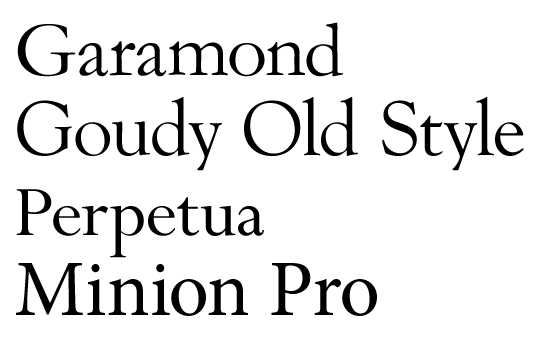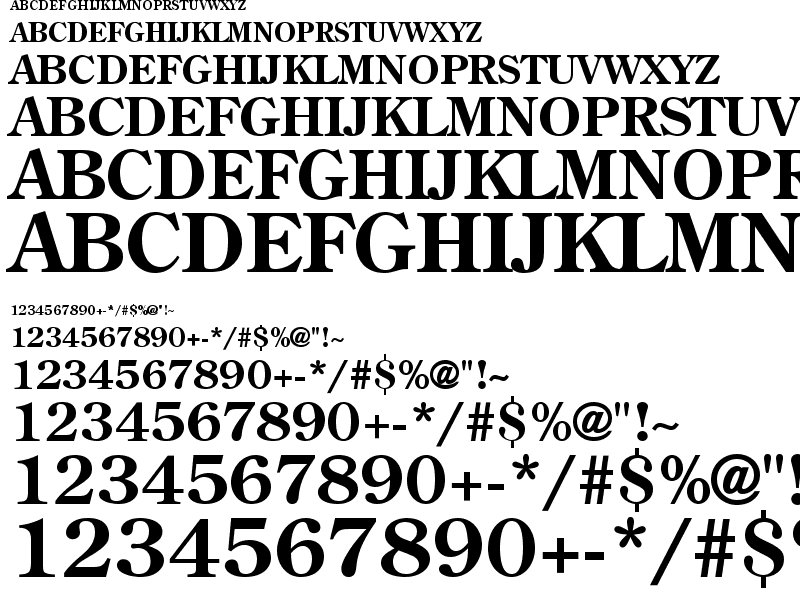

For example, the uppercase J in Bodoni extends below the baseline, while in Didot it sits on the baseline. There are some distinct differences between the two fonts, mostly in the appearance and placement of particular letterforms. At first glance, the typefaces are very similar in appearance and showcased the quality of the metal-casting work done by the respective companies, as thinner strokes required much better craftsmanship. In the 1780s, two type designers- Firmin Didot in France and Giambattista Bodoni in Italy-created modern serifs with extreme contrast between strokes. One of his critics even went so far as to say that his typeface would be “responsible for blinding the nation.” His typeface was a commercial failure but was revived in the 20th century, and he has since been hailed as “ the greatest printer England ever produced.”Ī typeface specimen of Baskerville’s early type, including an italic version. Baskerville’s design was criticized due to the thickness of the strokes. While he made improvements to type, ink, and printing presses, his typeface was blacker than that of his contemporaries. John Baskerville took this a step further in 1757, creating Transitional typefaces with more distinct letterforms. Now referred to as “Old Style” type, these typefaces made letterforms more distinguishable from one another at a glance, improving readability.Īn early typeface specimen for William Caslon’s typefaces, which include his Roman type.

In 1734, William Caslon created a new typeface style that included more contrast between strokes in each letterform.

Readability of early typefaces wasn’t ideal, especially the italic typefaces favored for saving space. While initially invented as a space-saving measure, italics are still used to emphasize text.Įfficiency was not the only typographic challenge tackled by the first type designers. In 1501, Aldus Manutius and Francesco Griffo created the first italic typeface, which allowed even more text to fit onto the page. While Jenson’s Roman type saved space on the printed page, others were trying to save even more space to improve the efficiency of book printing. His Roman type is the basis for multiple modern fonts, including Centaur, created by Bruce Rogers in 1914, and Adobe Jenson, created by Robert Slimbach in 1996. Jenson’s typeface was the first to be created based on typographic principles rather than manuscript models. Jenson’s early Roman typeface was more streamlined than Blackletter and saved space on the page. He created the first Roman typeface, based on Blackletter and Italian Humanist lettering. In 1470, Nicolas Jenson recognized that simpler letterforms would result in being able to fit more text on a single page, resulting in shorter books with faster setup times. But as mentioned above, the downside was that they took up considerable space on the page. Pages from Gutenberg’s bible, with original Blackletter typeface and decorative illustrations.īlackletter typefaces were the original standard for printing, mainly because they mimicked the handwriting style of the time. The downside was that it limited the amount of text that could fit on a single page, creating longer books that required more time to set up. Gutenberg’s letterforms were based on the Blackletter calligraphy that was used to write manuscripts. While arranging the letters for each page could take an entire day, the page could then be printed as many times as necessary from that single day’s work. He drew on movable type used in East Asia and screw-type presses being used by farmers in Europe to devise the idea for the first printing press.īecause Gutenberg was a goldsmith, he was able to create durable letter blocks that could be used over and over again. Gutenberg recognized that being able to mass-produce books quickly and cheaply was a lucrative prospect. Typeface history has largely been influenced by the availability of technology throughout the centuries, starting with Gutenberg’s press and continuing through digital typography advancements by designers in the 20th and 21st centuries. They were generally reserved for the elite, though growing literacy among the middle class increased their demand. However, before the invention of the printing press by Johannes Gutenberg in the mid-15th century, books were written by hand. It’s easy to take books and other printed material for granted.


 0 kommentar(er)
0 kommentar(er)
